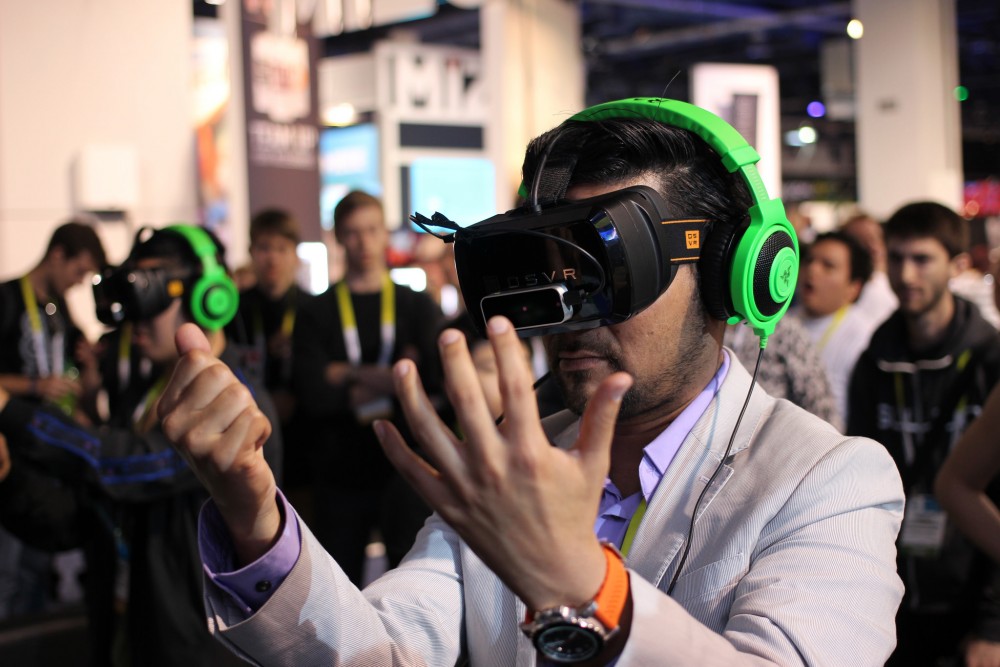Virtual reality (VR) is among the most important emerging technology platforms that destinations must consider over the next few years. VR is now developing beyond a science-fiction dream into a household consumer product with sales expected to skyrocket to 24 million units by 2018 and half a billion by 2025. This leads to a few questions: can today’s destination marketing organizations (DMOs) use VR as a platform to display engaging content in a bid to increase visitation? Will this become a necessary and effective tool for tourism marketers?
Seeing the potential on the consumer side, some DMOs including Tourism Australia and Destination British Columbia are already creating content for VR headsets despite high production costs. The result? Tourism Australia has created gorgeous, 360-degree videos that take potential visitors to the nation’s most iconic places.
Destinations also use VR to inspire meeting planners and recruit their business. Destination British Columbia was one of the first DMOs to use the technology to make a memorable impression, by putting headsets on attendees at travel and trade marketplaces. At its recent Summit in 2016, Simpleview demonstrated VR headsets to DMOs as a tool to provide meeting planners with immersive tours of conference centres. VR is the ultimate show-and-tell tool and the possibilities for destinations to provide impressive and persuasive virtual experiences in both B2B and B2C markets is undeniable.
Challenges for destinations
Is there a danger in creating such a compelling VR experience? For consumer tourism marketing, such alarmingly real content may satisfy the user’s need to physically go and experience the destination in person. VR can mimic travel experiences while stripping them of their inconveniences and deterrents such as cost, lack of work leave, unpredictable weather, safety concerns, and the not-so-fun parts of travelling including airport layovers and luggage transport.
Could a realistic VR experience decrease travel? Take American football as an example. In recent years, attendance has dropped significantly in both the college and professional game, despite increasing excitement and fandom. The number one reason cited? An improved television experience. TV networks, along with high-definition technology, have made the in-home viewing experience equal to if not better than the stadium experience. Fans can now receive an equally valuable experience from their living room while eliminating the cost of a ticket, the unpredictable weather and the time and hassle spent getting to the stadium. Faced with this opportunity, more fans are simply choosing to experience the game from home.
What can destinations expect from the future of VR?
The impact of VR on visitation remains to be seen. Trendsetters like Tourism Australia and Destination British Columbia are valuable examples for destinations wishing to use virtual reality content to augment their marketing efforts. The key question is one of value and impact for money. As content production costs fall and VR sales increase, destinations will have new opportunities to get in front of potential visitors. As with any content marketing endeavours, destinations need to share compelling and authentic stories in the most effective medium – in this case, creatively displaying their unique experiences without creating a virtual replacement.
Related reading: Incremental gains: If your content manager isn’t making them, your destination is losing.
Featured image credit: Maurizio Pesce, Flickr









Great job “John Freeman”. Very good article. Thank you.
The concept virtual reality is considered as the need of the generation. You can get the real time experience through some advanced tools. From a new product to a scientific study, all can be explained with the help of virtual reality. Event management companies using it host several parties. It makes you visualize your dream on a screen before you. Several firms choose to host their corporate events in the premise of such companies. Participants get the amusement to the fullest.
It’s interesting that virtual reality is becoming so popular. It makes sense that it could enrich so many experiences! Being able to feel like you’re actually in a different place is amazing.